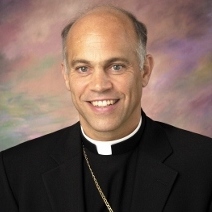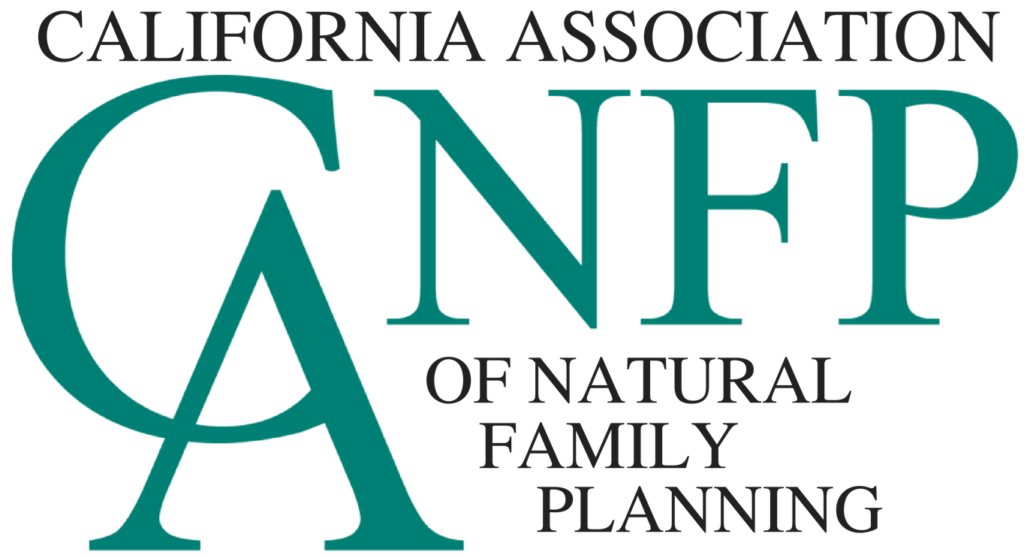- Featured Favorites
The Mystical Meaning of Conjugal Love
by Archbishop Salvatore Cordileone
In giving talks on the topic of responsible parenthood, I often comment on how NFP-practicing couples I have been blessed to know have been such an inspiration to me and enrichment of my Priesthood. By respecting the natural design of God’s plan for their marriage, these couples show the beauty of the natural ordering of marriage: the procreation and education of offspring, and the unity and mutual good of the spouses. What a contrast to the contraceptive mentality, which, by attacking fertility, destroys the procreative purpose of conjugal love, which then logically results in undermining its unitive purpose as well. The two ends of marriage are, after all, intimately intertwined, and so the very meaning of marriage becomes unraveled. Those attuned to the obvious can understand the dire consequences of the demise of marriage and family life for society, but for Christian believers there is even more at stake, beyond what immediately meets the eye: the mystical design of God’s plan for marriage.
Let’s start with Scripture: the Bible begins and ends with a marriage – Adam and Eve in the Book of Genesis, and the Wedding Feast of the Lamb in the Book of Revelation – and it is replete with this nuptial imagery all in between. We can think, for example, of the prophets of old, who, in chastising the people of Israel for their infidelity, compared them to an adulterous wife. The Song of Songs was the book of the Bible most commented on in the Middle Ages precisely because these love poems were seen as having a deeper, mystical meaning: the union of the soul with God in which the two become one yet retain their unique identity. In the New Testament, our Lord often used this imagery in his teachings, such as the parable of the king who gave a wedding feast for his son in which the invited guests refused to come and that of the ten virgins, five wise and five foolish, who took lamps with them to go out and meet the bridegroom; and let us not forget the mystery of his first miracle, changing water into wine at the wedding feast of Cana. And, of course, we have the foundational passage from St. Paul in Ephesians 5, in which he speaks of the union of husband and wife in marriage as the image of the union of Christ with the Church.
God’s Covenant with Israel is a marriage covenant, a Covenant which is fulfilled in the blood of Christ on the Cross, establishing the new and eternal Covenant between him, the bridegroom, and his bride, the Church. This nuptial imagery of Scripture, then, comes to be taken over in the Christian liturgy, with roots going back to the Jewish liturgy in the Jerusalem Temple. There, the altar stood behind a veil marking off the Holy of Holies, where the priest would enter on the Day of Atonement to offer sacrifice for his sins and those of the people. The Christian liturgy is, in fact, heavily influenced by this Temple theology. As the Jewish-Catholic art historian Helen Ratner Dietz explains in a chapter entitled, “The Nuptial Meaning of Classic Church Architecture” (in the book, Benedict XVI and Beauty in Sacred Art and Architecture), the “fourth-century Christian altar hidden by its canopy and curtains had a deliberately nuptial meaning … reminiscent of the Holy of Holies in the Jerusalem Temple.” Understanding their Covenant with God to be a marriage covenant, the canopy and curtains in the Temple represented for the Jewish people a “chuppah,” the bridal chamber used in Semitic marriage rituals.
The Christian practice of hanging a curtain between the columns of the baldacchino (the canopy over the altar supported by four pillars) to veil the altar continued throughout the first Christian millennium. This served as a “sacred tent,” sheltering the divine presence, harkening back to the Ark of the Covenant located within the Holy of Holies. The purpose of a veil is to conceal. What is concealed is what is most sacred, and it is most sacred because it is most intimate – thus, the appropriateness of sheltering it.
Think about our human experience: our clothing is a veil, sheltering the most intimate part of our bodies. But that veil has to be removed in order for a marriage to be consummated. So we can understand the meaning of the veil in the Temple being torn in two from top to bottom at the moment of Christ’s death (Mt 27:51): it symbolizes that, through the sacrifice of His Son, God has now revealed what before was concealed to us – His intimate, inner life – and has granted us access to it. The veil, then, conceals what is most intimate – and therefore most sacred – precisely so that it can be revealed to allow the nuptial communion of Christ and the Church.
So then, just as the consummation of a marriage is preceded by the unveiling of what is intimate and therefore most sacred to the spouses, so in Christian liturgy the marriage feast of the Lamb to his bride, the Church, is consummated by him giving us his flesh to eat and blood to drink in Holy Communion, drawing us into a mystical nuptial union. The Church’s insight into this truth can be seen from the ancient Latin translation from the original Greek of the verse recounting Christ’s last words on the Cross, “it is finished”: consummatum est – literally, “it has been consummated.” The drawing back of the curtain before Communion in ancient times – and still preserved in some Eastern Christian liturgies – signifies this entering into nuptial union with Christ. Even in the West this practice has been preserved in more diminished ways, such as a veil placed in front of the doors of the tabernacle or immediately behind them inside the tabernacle, and the veiling and unveiling of the chalice during the celebration of the Mass. We should also understand the traditional practice of women veiling their heads in church as fitting into this paradigm: it is not only for the sake of feminine modesty, but even more the acknowledgement that women have a special sacred character about them because they are the bearers of life.
In a retreat given to priests in Ireland, the great Catholic orator Archbishop Fulton Sheen spoke of Christ’s blood on the Cross as his “seminal fluid.” As God created Adam’s bride, Eve, from his side while he slept, Christ gave birth to his bride, the Church, through the blood and water that flowed from his side while he lay in the sleep of death on the Cross. As the bridegroom, Christ gives the seed of life to the Church; as his bride, the Church receives it, generates new life for his Kingdom through the water of baptism and nourishes that new life through the grace of the sacraments – especially the Eucharist (his blood) – and by teaching his children the truth received from him. This is why we can speak of “Holy Mother Church.”
So it is that the entire Judeo-Christian religious tradition is premised on the notion of sexual difference and complementarity in marriage. Couples who faithfully live God’s plan for their marriage not only provide an invaluable service to society by strengthening its very foundation, family life; they also teach with their very lives God’s eternal plan for the life of His people with Him while growing in holiness themselves. To all of you I say: you are an inspiration to one and all!
About The Author




